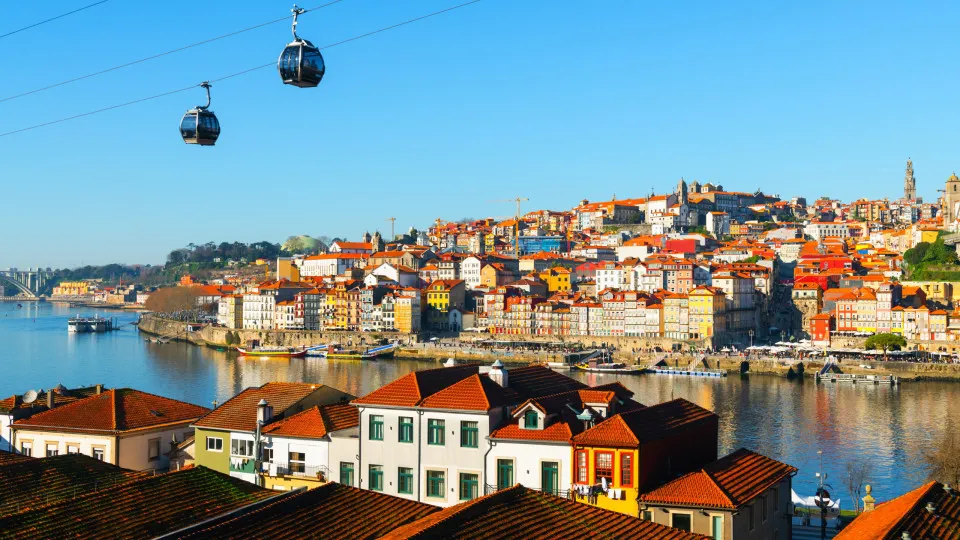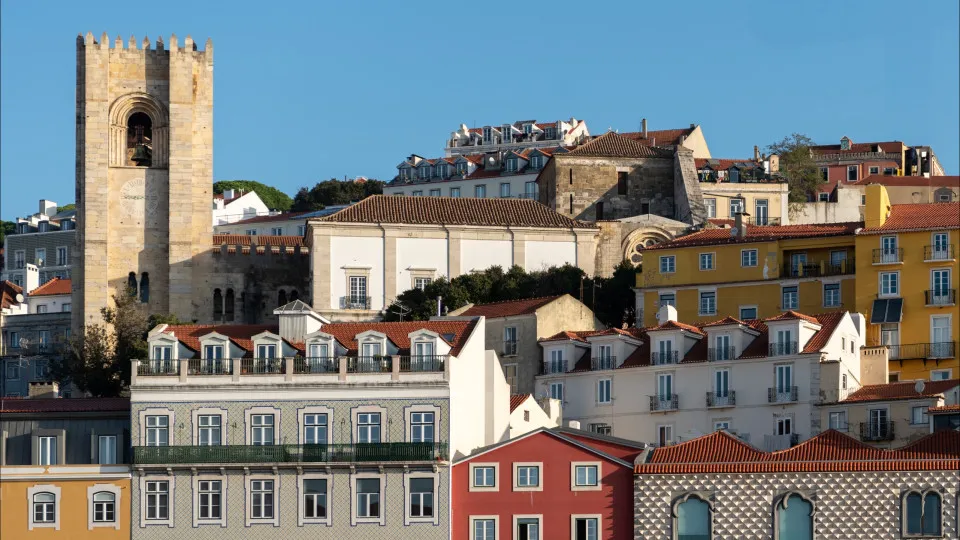
The latest analysis of approximately 66,000 companies in the sectors of restaurants, transport, accommodation, tourism services, and cultural and recreational activities indicates these businesses were “especially penalized” during the COVID-19 pandemic but have since experienced a “robust recovery”.
“The performance figures show that tourism companies have grown more in recent years compared to the business landscape,” stated Informa D&B, noting that “starting in 2020, they initiated a robust recovery with a 31% annual increase in business volume, more than double the general business growth rate of 14% annually.”
Employment in these companies also rose at a higher rate of 5.2% per year, surpassing the 3.6% rate recorded for the general business sector.
The study reveals that by 2023, the sector accounted for 17% of active commercial enterprises, with a business volume of approximately 42 billion euros and a Gross Added Value (GAV) of 16 billion euros, serving as “a driver in job creation,” employing around 416,000 individuals, which corresponds to 12% of the total workforce.
Informa D&B’s General Director, Teresa Cardoso de Menezes, highlighted in a statement that “tourism has witnessed significant growth in Portugal, becoming one of the sectors with the greatest direct weight in the country’s GAV”.
Though most (60%) of the 66,000 tourism sector companies are concentrated in Greater Lisbon and the North, they have a more substantial impact in regions like the Algarve and islands, both in terms of value generation and employment.
In the districts of Faro, Madeira, and the Azores, tourism-linked companies account for more than 20% of employment, with respective percentages of 33%, 27%, and 22%. In these regions, these companies also generate the most wealth, contributing 34%, 21%, and 27% of GAV, respectively.
On a more local scale, the study specifies that “some municipalities, particularly in the south and islands, have tourism companies responsible for more than half of employment and GAV”, citing examples like Albufeira or Vila do Bispo in the Algarve, or Santana and Porto Moniz in Madeira.
In absolute terms, given the high concentration of companies in these areas, the largest employment and GAV figures correspond to Lisbon (162,000 jobs; 8.6 billion euros in GAV) and Porto (64,000 jobs; 1.8 billion euros in GAV).
Among the 66,000 tourism sector companies identified by Informa D&B, the restaurant industry is the most represented with 26,000 businesses (39% of the total), followed by transport with 15,000, accommodation and tourism services (approximately 11,000 each), and cultural and recreational activities (3,000).
The restaurant industry also leads in employment, creating around 205,000 jobs, whereas transport generates higher business volume and GAV.
The study’s findings also show that following the pandemic, the creation of tourism-related businesses “increased significantly more than other activities”, highlighting a trend that has been present since 2015.
From that year until 2024, 87,000 tourism companies were established, with the pace intensifying from 2021, resulting in a 6.8% annual growth in new tourism businesses, compared to a 3.4% annual growth in the general business sector.
This growth spanned all regions and activities, although “with a very significant weight” in transport, which saw a 28% annual increase over the past decade.
Conversely, Informa D&B notes a “lower financial solidity and resilience” of tourism companies compared to the broader business sector, as evidenced by lower financial autonomy levels and solvency ratios between 2019 and 2023.
Similarly, fewer tourism companies report high or medium-high financial resilience (46%) compared to the percentage in the overall business sector (51%).
In terms of “Risk Failure” assessment—reflecting the likelihood of an entity ceasing activity with unpaid debts within the following 12 months—the disparity is “even greater”: Only 64% of tourism companies exhibit minimal or reduced risk, against 74% of the entire business sector.




